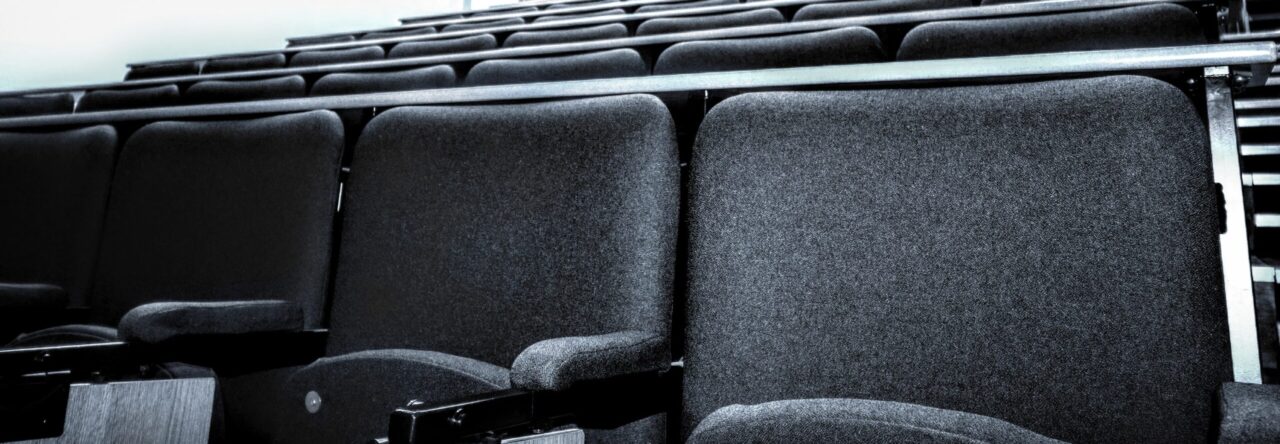The demands of remote teaching have given urgent rise to so many needs during the past 12 months. We need screen breaks, we need good spec tech, we need more space at home than most of us have got, we need our children to go away, we need to move and stretch, and (I think, more than anything), we’ve needed to upgrade the quality and efficiency of our professional relationships, with colleagues and with students.
What I mean by better quality relationships is, the sort of relationships that can really tolerate confusion, and impatience, and misunderstandings, and occasional mute button swearing. We’ve had to share and create new knowledge under exceptionally limiting circumstances and with broken connections, poor sync, terrible sound quality, patchy wifi. Good communication fundamentally requires a basis of some common ground, but when this began we were all in a new place, each of us confined to our own pieces in a square jigsaw of icons and initials and – now and then, if you’re lucky – floating faces.
The digital reduction of our physical selves and our communicative intentions into 2D space is as crummy as it’s miraculous. How can we know if we understood? How can we know if we have been understood? We can dissolve into a puddley, formless state of gaze and scroll, gaze and scroll, all our precious connections to other people mindlessly constrained to a loop between gritty eyes, aching ears, fingers on the keyboard… This is why I find it really helps to remember you have a bum and a back, and I have enjoyed reminding my students of this, too.
This semester I have systematically integrated such reminders into my online teaching, making space for the class to act (not think) in a playful and creative manner in response to a variety of prompts, some as warm-up activities, others as core teaching devices. I’ve used my experience of improvisation and mindfulness practices, and it’s been serious fun – as in, the results have induced both laughter and deep reflection. Devising the exercises for online groups required a little bit of thinking, mostly in reshaping group facilitation strategies that I have used informally for a number of years. Making these work online has felt like a game-changer, for the way that they can transform a shallow, disconnected virtual space into an engaged and courageous cohort of students.
– Playful grounding exercises as standard welcome/warm-up
– ‘Busy hands’ tasks, to help students navigate online discussions with one another
– Structured peer-to-peer listening sessions, timetabled alongside academic seminars
– Deliberate integration of freeform creative journalling exercises (doodling, painting, colour, collage) into academic topic-based discussions:
- to support students’ development of their own voice and original argument
- to support students’ autonomy, their own approach to integrating knowledge
- to create space for emerging studentled discussion and new perspectives on central issues of concern such as good academic conduct, plagiarism, etc.
Over this time, I’ve loved finding patches of common ground with other ECA colleagues who have also been trying out new strategies. And I’ve loved naming each exercise – Lemon Buzz, Alternative Corner Reality, You Have Nice Hands, Labyrinth, Other Body Curiosity… Please get in touch if you’d like to know more. If you’re already using creative journaling or art techniques in your academic teaching, I would especially like to chat!



Leave a Reply